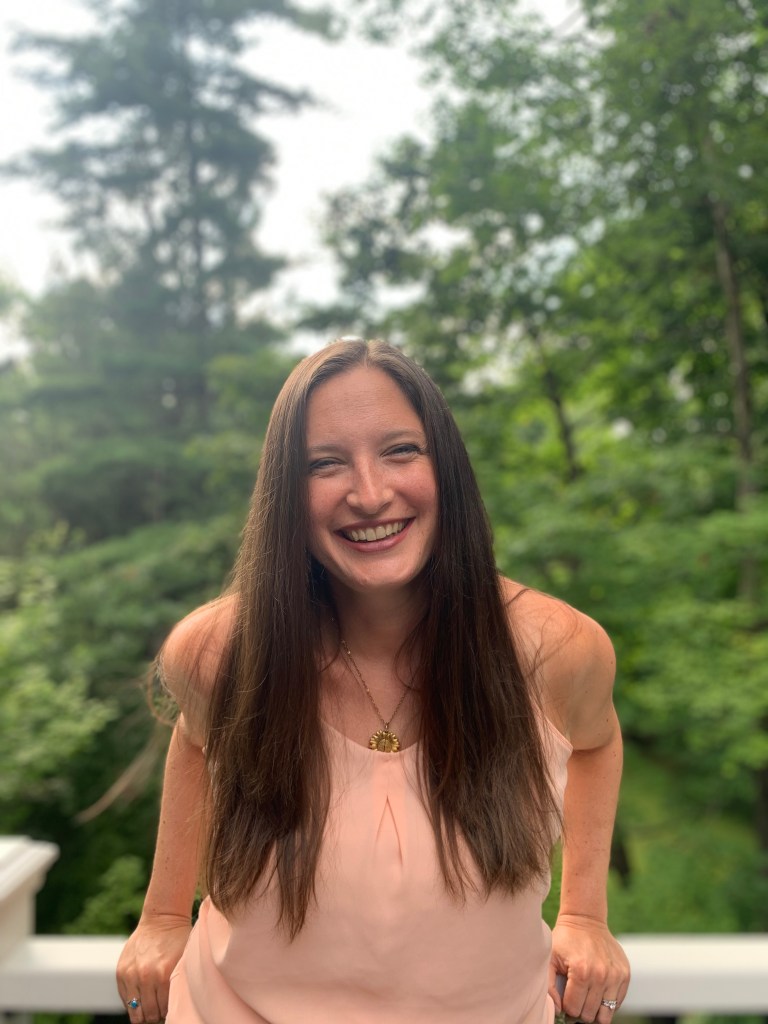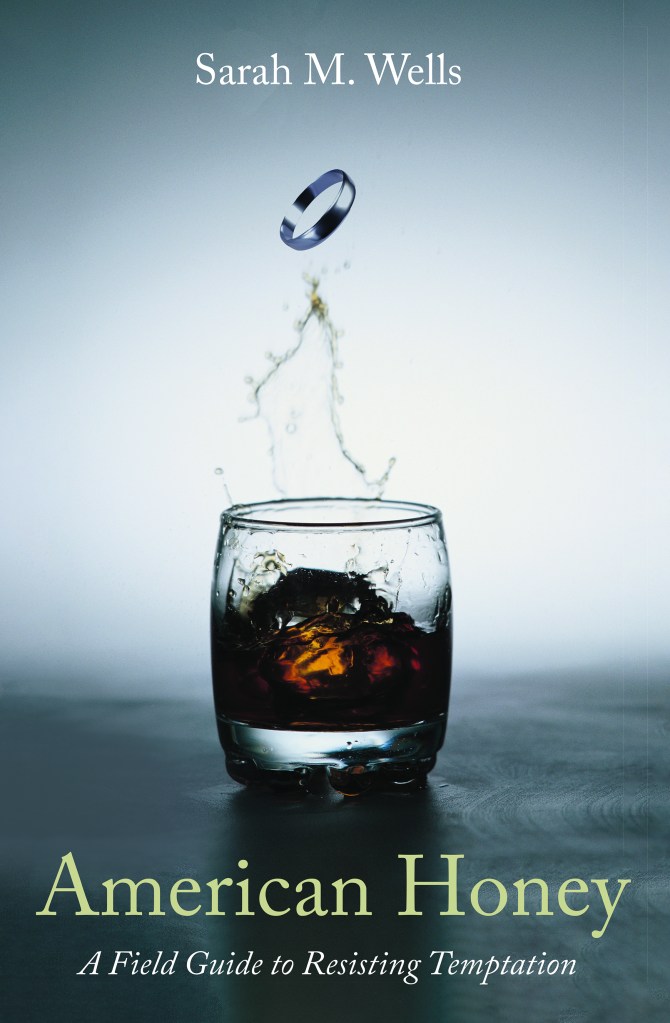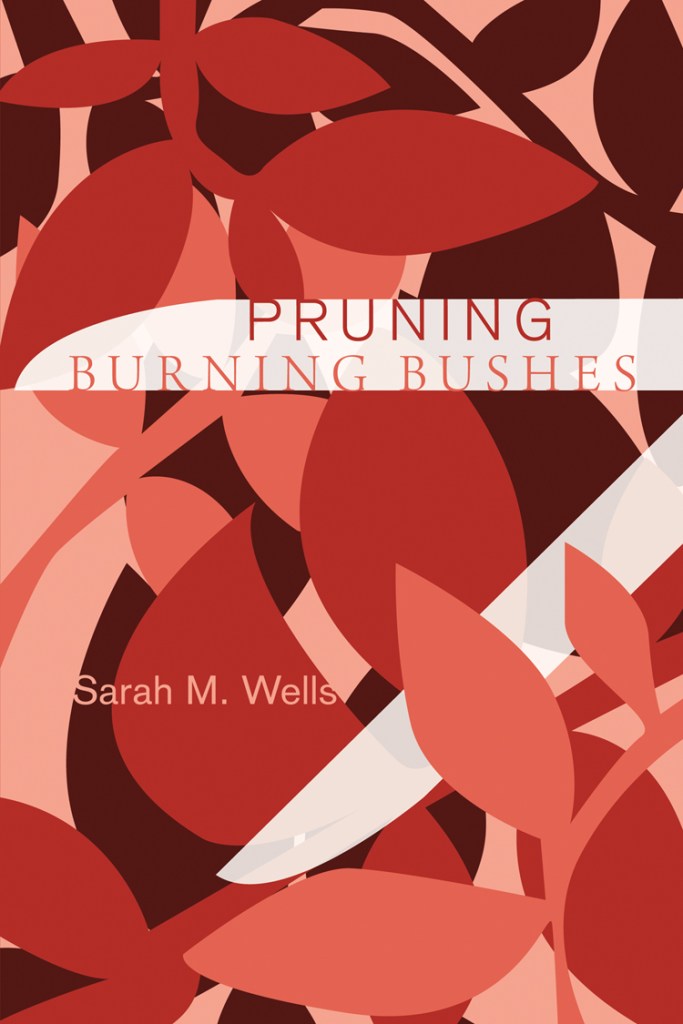
Sarah M. Wells is the award-winning author of six books, most recently Ordinary Time: Meditations from the In-Between (essays).
She is also the author of American Honey, Volumes 1 and 2 of The Family Bible Devotional, two collections of poems, Between the Heron and the Moss and Pruning Burning Bushes; a chapbook of poems, Acquiesce, winner of the 2008 Starting Gate Award; and a novella-length essay, The Valley of Achor, available on Kindle.
Her seventh book, To Say One Million Times, WOW: Essays on Awe, Faith, and Family from America’s Great Outdoors (And Some Hotel Rooms) will be published by Bracket Publishing in the spring of 2026.
In general, her work explores the intersections of faith, family, and everyday wonder.
Sarah’s work has been honored with four Pushcart Prize nominations, and six of her essays have been listed as Notable Essays in The Best American Essays. She is a 2018 recipient of an Ohio Individual Excellence Award from the Ohio Arts Council. Sarah earned her BA in Creative Writing and MFA in Creative Nonfiction from Ashland University. She is a full-time freelance writer, editor, and regular contributor to God Hears Her, a blog for women, from Our Daily Bread. Sarah serves on the faculty of the Ashland University low-residency MFA program and is the poetry editor for Relief: A Journal of Art and Faith.
A sought-after speaker, Sarah has led dozens of retreats, conferences, and workshops for churches, writing programs, and spiritual communities. Rooted in her calling to love God and neighbor, Sarah is passionate about building bridges between sacred spaces and the broader community. Formerly a lifelong Ohioan, she recently relocated to Wilmington, North Carolina with her husband and youngest child, chasing a calling, or an adventure, or maybe a little bit midlife crisis, or maybe all of that at once.






Palace in Time
I’ve moved most of my blogging activity to my Substack, “Palace in Time.” Please follow me there!
“Sabbath is a palace in time with a kingdom for all.”
Abraham joshua heschel
Sarah, Nice to see you here on WordPress!! Looking great!!
Creative blessings, Jody
LikeLike
Thanks, Jody!
LikeLiked by 1 person
note you just ‘won’ PR at Rattle this week… my poem was declined in favor of yours, and I’d just like to say, thanks: for such an excellent poem. it moved me.
LikeLike
thanks for the note – I appreciate it! Sorry we were in competition for a spot this week though!
LikeLike
Sarah, I came across the poetry you wrote for the “7” virtual Art-Walk on Jody Thomae’s site and was hoping I could use some of the poetry in a Good Friday mediation I am putting together for our church in this interesting time of worhip. All of it was so moving and would like to include it Thank you
LikeLike